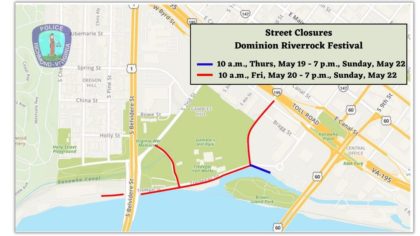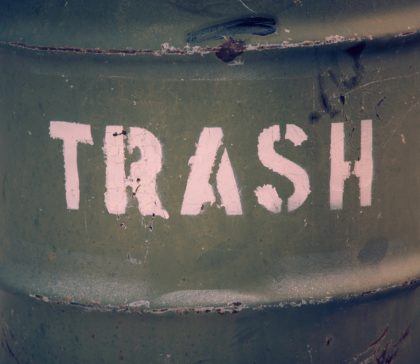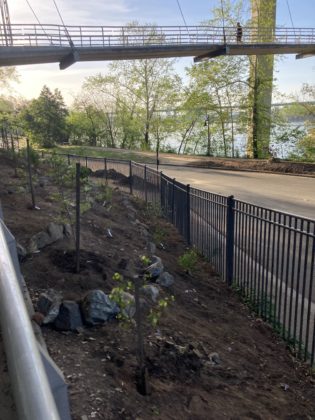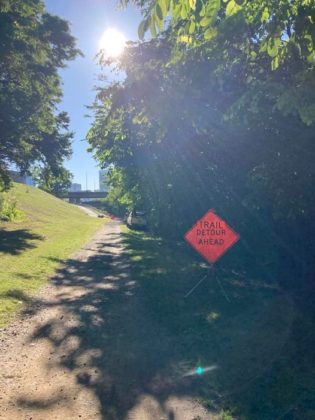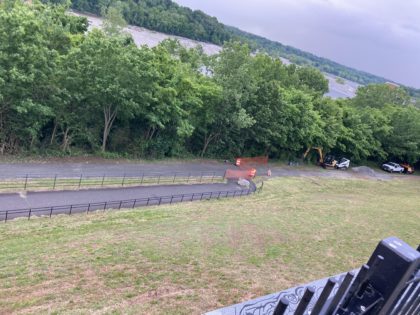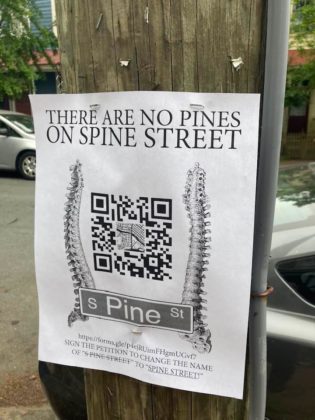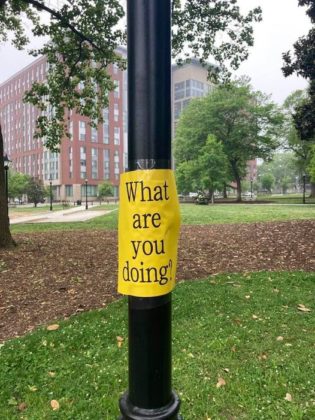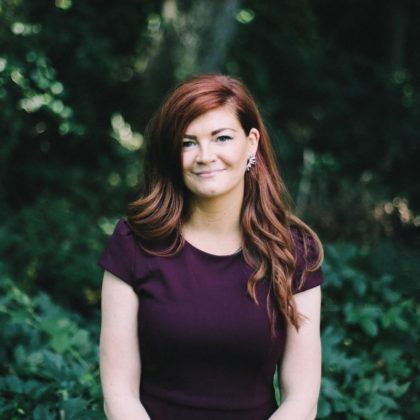
This Wednesday is a “Red Wednesday”, which hopefully means trash and recycling pickup. I say hopefully, because the Central Virginia Waste Management Authority has struggled to maintain its schedule due to a shortage of workers and has missed some pickups recently and had to reschedule. That said, as neighbors, we should do our best to help.
One tool that might help ameliorate the situation if pickup does not come is this online form:
https://cvwma.com/programs/residential-recycling/recycling-service-request-form/
Please go over what can be recycled. Ideally, rolling recycling containers are stored and deployed in the back alleys along with trash cans. Please make sure you pick up containers after pickup tomorrow night.
If you have not done so already, don’t forget to sign up for your Recycling Perks.
In order to take your recycling to the next level, read this: 10 ways to improve your recycling.
Bulk Trash reminder:
In addition to bi-weekly bulk and brush collections that coincide with the recycling collection schedule, the City’s Department of Public Work’s Neighborhood Clean-Up Program is another service provided to help residents dispose of bulk items. Residents in each of the designated neighborhood zones across the city will have two additional opportunities during the year to place bulk and brush items out for collection.
The program runs on selected Saturdays starting on March 12 and ending November 19.
DPW crews will collect items curbside and in alleys (wherever trash is normally placed to be collected) from 8 a.m. until noon on the designated Saturdays.
Examples of acceptable items include: furniture, mattresses, tires (four per household) and appliances.
All brush must be cut into four foot lengths and bundled.
They will take everything except: electronics, construction debris, hazardous waste items and broken glass.
May 14 / September 24 – Zone 7 – Oregon Hill
In recycling news, if you’ve ordered a new recycling bin from Central Virginia Waste Management, the bins are still on backorder because of supply chain issues. Bins ordered in April and May should be delivered in 8-10 weeks. In the meantime, CVWMA says you can use your own container.
In national recycling news, while Gov. Youngkin’s administration seems to be in Big Plastic’s pocket, California will investigate whether fossil fuel companies have broken the law by perpetuating myths about plastic recycling, their Attorney General Rob Bonta announced last week. The main premise is that companies have misled consumers into thinking that recycling keeps plastic out of landfills and ecosystems. (A good reminder that we need to be CITIZENS, and not just consumers!).
